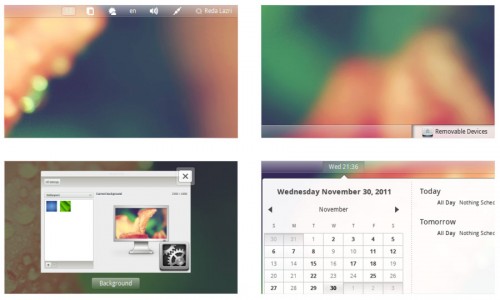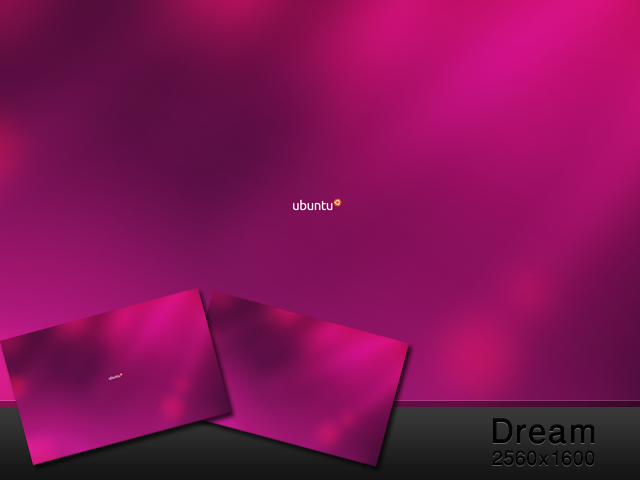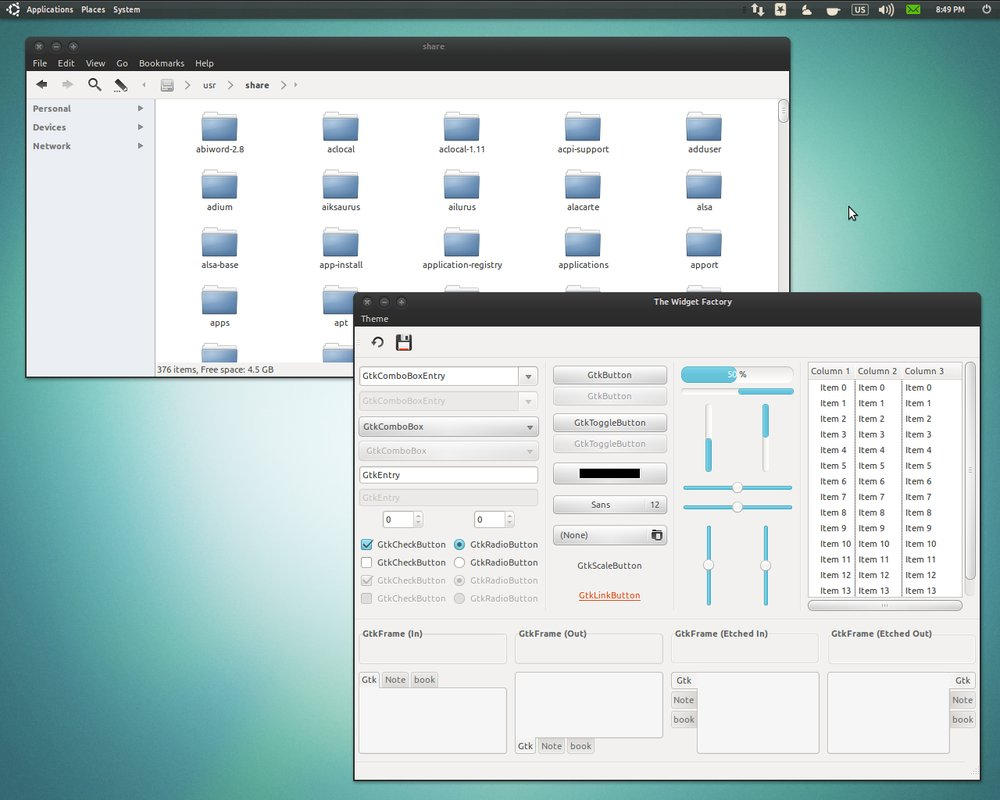If you’ve downloaded a good-looking GNOME-Shell theme in the past year then there’s a good chance that the following 25-year-old Algerian designer was the hands behind it.
Reda Lazri, or 0rax0 as he is better known online, is a prolific designer. GTK, Metacity and GNOME-Shell themes; application icons, wallpapers and a multitude of mock-ups line the walls of his DeviantArt Gallery.
But it’s not the quantity and variety that makes Reda’s work so notable – it’s the sheer quality.

Beginnings
The earliest piece of Reda’s work featured on OMG! Ubuntu! was all the way back in February 2010.
The subject was an elementary-spin of the Homosapien Metacity theme popular at the time.
But lets go back further.
How did Reda, currently working as a part-time as a computer technician – his ‘Bruce Wayne job‘ – and as a designer with upcoming design studio Imaginical – his ‘Batman job‘ – get started with designing for Linux?
“I started getting interested in FOSS when I was still using Windows, around 2005. I started looking for FOSS alternatives to the [applications] I was using. Then I got interested in Linux after seeing (and using) the Tango icons.
So I found a copy of Mandriva 2006 in a store, purchased it and installed it, It had KDE3. It was the first Linux distribution I ever installed.
‘Hard to rely on FOSS apps’
Having made the switch to Linux orax0 was keen to continue his passion for design on the platform. With a number of well-known free alternatives to the propriety pieces of software he’d used on Windows, did he find adapting easy?
‘Why wouldn’t he?’ you might scoff.
Many non-designers are quick to assume that ‘The GIMP’ and ‘InkScape’ are all any designer needs to complete their work to a professional standard on Linux. But Reda has first-hand experience that things aren’t quite as straightforward close-up as they appear from the distant eyes of the casual passerby…
“It is really hard to work as a designer and entirely rely on FOSS to complete your work,” he says, “especially if you do print work and have other team members that don’t use the same tools.
“People expect you to hand them a compatible file…”
‘People expect you to hand them a compatible file, like a CMYK PSD or an Ai (Adobe Illustrator) file, which is hard or impossible to [do using] Inkscape or GIMP. So compatibility was the first problem.

The second problem is the lack features. I can’t always accomplish tasks as easy (and fast) as I do on proprietary software. And you can see [that] at times the ease of use and beautiful, modern UIs aren’t a priority [on Linux]
The third problem is performance. You can’t finish work when you encounter lockups, or slowness with huge files and hundreds of layers.
Admittedly these hurdles vary in their difficulty and severity depending on aptitude or expectations, something Reda was aware of.
“If you work alone and do everything yourself, using GIMP, for example, instead of Photoshop, it can do the job …even though it is not as evolved. I use Inkscape in 90% of my work that [would] usually involve using Adobe Illustrator or Corel Draw.
Forcing yourself to use a particular software until you get used to it helps, as does understanding your needs and trying to figure out what can a piece software do for you; After that it’s just a matter of getting used to it.
But some key-features … are still missing/incomplete in FOSS and you may still need to use proprietary tools at some point.”

The Open Source Family
Moving away from the tools of the trade, I wanted to ask Reda about what motivates him to design for the open-source community.
“The open source community is like a family, if you want to be part of it you have to have a role in it. Some people contribute code, others contribute art and even contribution as small as answering a question in a forum are welcome.
Sometimes you do it as a thank you gesture, on other times you’re just helping making the software you use better.”
His sentiment is typical of many i’ve interviewed in the open-source community, both positive and pro-active. Flicking through his body of work it’s easy to see this focus on doing things better shining through.
To finish up the interview I had to indulge myself; with the ear one of the community’s most prominent theme designers wouldn’t be complete unless I asked the one question anyone in my position would have:Unity or GNOME-Shell?
Looking at his body of work the answer was expected: ‘Gnome-Shell all the way’ .
Interview conducted by Akshat Jain

